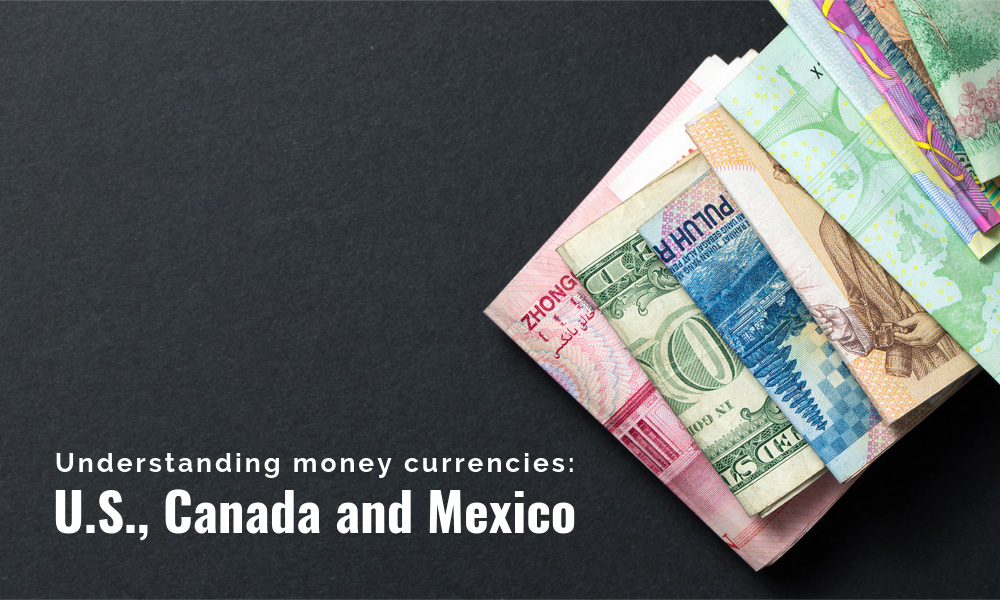
With constantly changing exchange rates and unclear reasons as to what causes this, it can be difficult to understand currency and get the most for your money. You want to exchange at the right time to maximize your spending potential before you head out on your vacation.
Fluctuation and floating
The United States, Canada, and Mexico are all countries with floating rates for their respective monetary notations. A floating rate means there are no ties between the US dollar, Canadian dollar, and Mexican peso to any specific country’s currency. The goal of a floating currency is to have the market self-correct. Floating rates fluctuate a lot based on supply and demand determined by the private market. For example, when there is more demand for the Mexican peso, the value of a peso increases. On the other side, if demand decreases, the value plummets.
Pro Tip: When exchanging currency for a trip, keep an eye on the market values of each currency you’re exchanging. Try to exchange at a high point in the currency you’re getting rid of and a low point in the currency you’re attempting to acquire.
Fiat system explained
The U.S., Canada, and Mexico are all on a fiat money system. This means none of these countries are on the gold standard. A fiat money system means the individual government is the backing for the advertised rate. It gives the government’s central banks more control over the economy. While the fiat system is a very common one today, it can raise concerns about inflation. If the government prints too many notes, the value can take a drastic hit.
Pro Tip: When exchanging currency, look at the countries’ inflation histories and consider those when learning about their exchange rates.
Exchange rates
Exchange rates fluctuate constantly and update regularly. Since all three countries follow floating and fiat systems, rates change all day and can spike or plummet with any developments in the country. Large events such as elections, wars, large trade deals, and more affect the value and exchange rate of currencies.
Pro Tip: Look at the exchange rate fluctuation in recent days and years before exchanging your money. Look for patterns and see if the rate might be on a downhill slide or have a peak approaching. The goal is to get the most for your money.
Before you leave for your Mexico vacation, there are multiple things you’ll want to do to ensure you have a smooth trip. Along with converting to the correct currency, make sure you obtain the proper insurance coverage. It’s best to invest in car insurance for your Mexico trip before exchanging your money to avoid overpaying. Lewis and Lewis wants to help you protect your finances and prevent unexpected costs—contact us to learn more.


